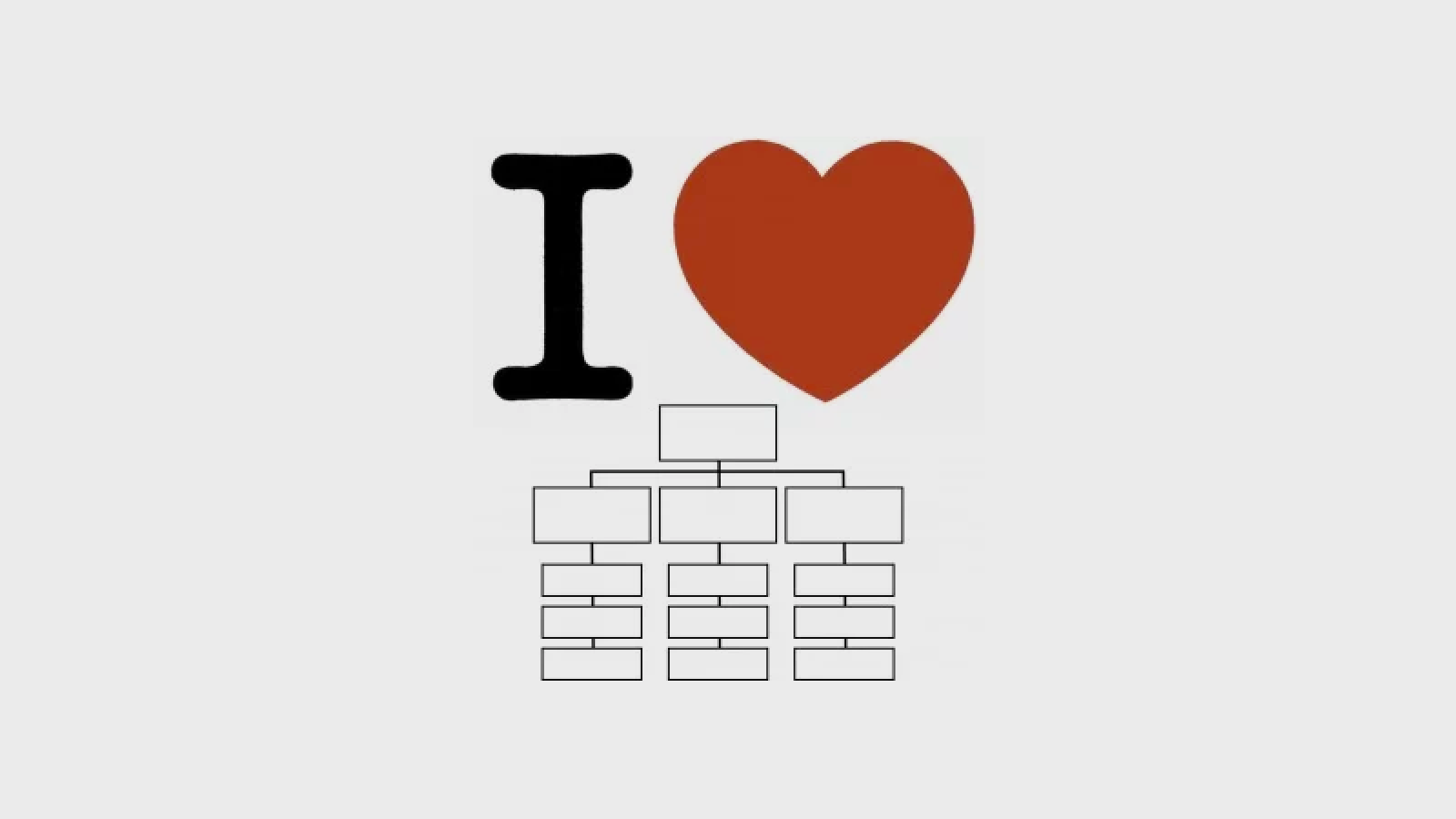
4 min read
The biggest barrier to enterprise change isn’t technology or regulations or the traditional hierarchy. It’s uncertainty about who decides what.
By Jostle
John Stepper drives adoption of collaboration and social media platforms at Deutsche Bank in New York. From this unique perspective, he maintains an active blog of his personal observations on the adoption of collaboration and social media in the enterprise. His recent post on the interplay between networks and the hierarchy is reproduced below.
The biggest barrier to enterprise change isn’t technology or regulations or the traditional hierarchy. It’s uncertainty about who decides what.
Particularly in companies pursuing social business projects, you’ll often hear “I’m not sure we can, so we’d better not.”
Removing that uncertainty involves an ironic twist. Because even as social business efforts try to flatten the hierarchy, they also need to embrace it.
In a post from the early days of the social business movement, Bertrand Duperrin articulated the difference between the goals and needs of enterprise 2.0. The goal involves changing the way people people work. But the need is for those changes to become implemented and institutionalized. And for that, decisions need to be made.
Are we allowed to put this data on our profile? Can we formally adopt this change to company policy? Does the workers’ council need to approve this? How will we get the resources we need?
These questions (and hundreds like them) all need answers before changes can really take root in an organization and become the new way of doing things.
The work itself may become more network-based and less hierarchical, but to get answers to questions like those above, you need decisions from specific people with specific responsibilities.
That’s one of the reasons why there are limits to grassroots efforts. As much as you need to build and engage a tribe within your organization, that tribe tends to hit a brick wall when it comes to things that traditional hierarchies do very well like sign a contract or pay a invoice.
Yet top-down support has its limits, too. While support from senior management is helpful, the necessary decisions tend to be made further down the org chart. And the messages and influence of top management tend to get diluted as they’re cascaded down the ranks.
To change the work, you need to be close to the work, to understand it, while also having the authority to allocate resources and address policy issues.
And so it’s middle management that you need to embrace.
Do you want to change how HR works? Or IT or Operations or Sales? You need people in those divisions who can affect both policy and resources. Not just the CEO and not just the grassroots. But people in each area who can make decisions.
One proposal, particularly useful at larger firms, is to establish collaboration boards at the division level. These include people with both a passion and a knowledge for the work – not just the boss but line managers within the division – organized in a simple governance structure with a few specific responsibilities:
deciding on the problems the division is trying to solve: e.g., reducing service calls through increased crowd-sourcing of answers or increasing role proficiency via communities of practice)
agreeing on roles and responsibilities within the division: identifying who, in addition to the grassroots volunteers, will be made accountable to participate in solving the selected problem and be mandated to make further decisions
agreeing on measures
monitoring progress and making adjustments
While the words governance and collaboration don’t often go together, structures like these collaboration boards at the right levels can clarify who decides what.
This may seem at odds with the spirit of social business efforts. After all, they’re typically associated with a self-organizing, emergent, network-style of getting things done. And so Andrew McAfee, author of “Enterprise 2.0,” tackled the question: “Does or should the network render the hierarchy obsolete?”
His straightforward answer was “No.”
Rather, the new form of management is “a fantastic complement” to the more traditional ways of getting things done. “You don’t have to abandon roles, job titles, and chains of command.” In fact, you need those things to implement the kinds of changes the social business movement is after in the first place.
As Bertand Duperrin also said “enterprise 2.0 is the ally of a hierarchy that want itself to be agile and efficient.”
Don’t fight your ally. Instead, use it to accelerate the changes you want to bring about.
Read more by
Jostle
Jostle’s employee success platform is where everyone connects, communicates, and celebrates at work. Find out more at jostle.me. © 2009–2024 Jostle Corporation. All rights reserved.